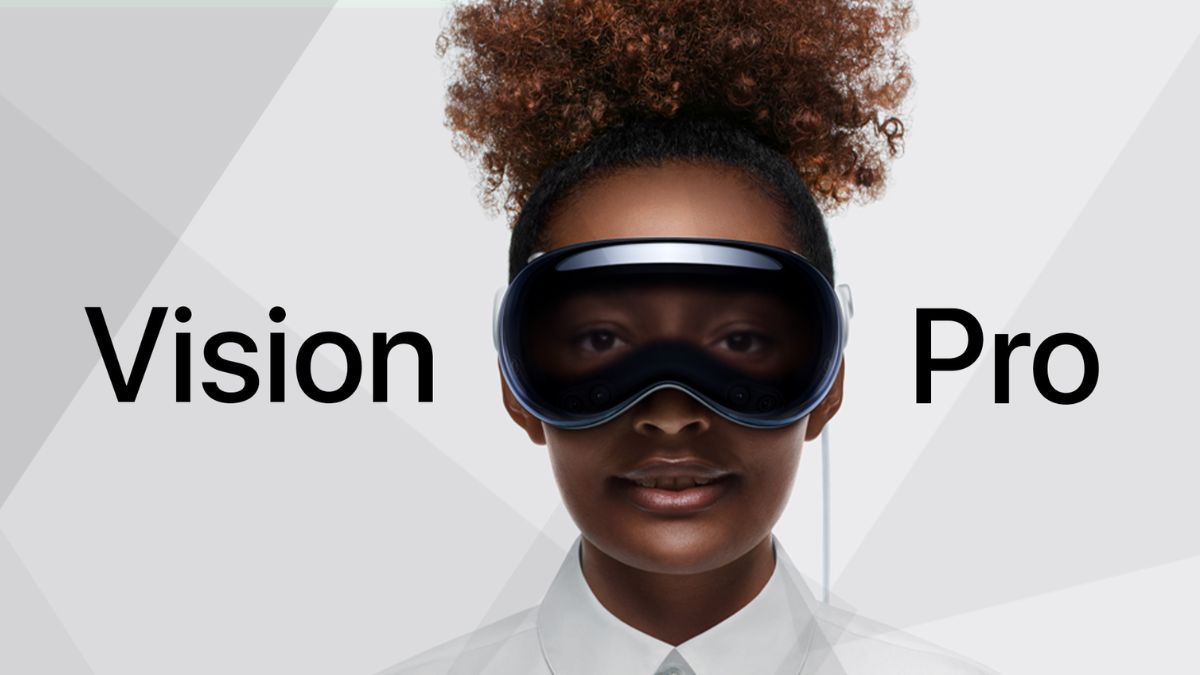 Image Credits - winfuture
Image Credits - winfuture
Advertisement
Apple has rolled out visionOS 2, the latest update for its Vision Pro headset, marking a remarkable step forward for the immersive technology platform. While not a complete overhaul, visionOS 2 refines the original software with new gestures, improved device support, and a few standout features aimed at enhancing user experience and functionality.
The update introduces several much-anticipated improvements, addressing some of the initial limitations of the Vision Pro. One of the major updates is Bluetooth mouse support and the ability to rearrange apps on the home screen, a feature that was notably absent in the initial release. Users can now customize their app layout and pull iPad and iPhone apps out of their default folder. Although creating new folders is still not an option, this change significantly improves app organization.
Navigating the operating system has become more intuitive with new gesture controls. Users can now summon the home screen by tapping their fingers together, and a new status bar displays essential information like time, battery level, and volume. These gestures replace the previous method of tapping a small circle to access control widgets, offering a more natural and engaging user experience.
visionOS 2 brings enhancements to productivity features as well. The update includes Mouse Support and a Keyboard Awareness feature, which allows users to interact with physical keyboards through the virtual environment. This improvement eliminates the hassle of finding the home row on the keyboard. However, the feature currently only reliably works with Apple keyboards.
The highly anticipated curved ultrawide virtual display, first announced at WWDC, is still missing but is expected to be released later this year.
On the entertainment front, visionOS 2 introduces the ability to convert photos into 3D spatial images, adding a new dimension to old family photos. However, the feature has its quirks, such as distorted effects on glasses-wearers. Another notable update is the ability to save one guest user’s hand and eye data, which simplifies setup for multiple users, though permanent multiple-user profiles are still lacking.
Safari’s video viewing has been improved, with a floating video view that can be switched to immersive mode. Safari now also supports WebXR by default, enabling web-based VR and AR experiences.
Despite these updates, the Vision Pro’s sales projections remain modest, with some analysts predicting fewer than 500,000 units sold for the year.
